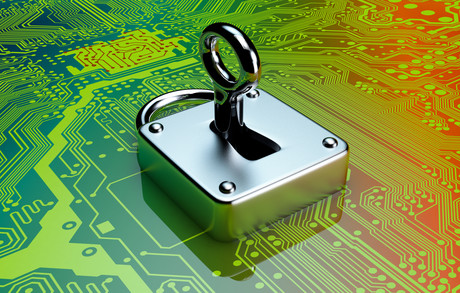Tips for avoiding ransomware attacks

New research from WatchGuard Technologies reveals that more than one in five Australians have been the victim of a ransomware attack.
The survey of 245 consumers conducted at this year’s annual CeBIT trade show in Sydney also found that almost one in three Australians (31%) are uncertain if they have actually been hit by ransomware.
These latest findings from WatchGuard Technologies are consistent with a survey that the company conducted at CeBIT last year, which found that 16% of Australians had been the victim of a ransomware attack while 37% were uncertain if they had ever been the victim of a ransomware attack.
The 2018 survey found that just under half (45%) of Australians know of an organisation which has been the victim of a ransomware attack, an identical figure exposed in the 2017 survey.
“Ransomware in 2018 continues to be one of the most talked about and publicised security threats in the modern era. What started as a few high-profile attacks caused by a handful of malware variants has developed into a virulent threat landscape in which increasingly unskilled attackers are able to execute highly effective ransomware campaigns against organisations of all sizes and levels of complexity,” said Mark Sinclair, ANZ Regional Director, WatchGuard Technologies.
“The traditional advice in defending against today’s ransomware attacks includes persistent reminders to educate users, perform regular software updates and back up all critical devices. All great best-practice rules to live by, but these tips only provide a minimal, first level of defence against a modern ransomware attack. This latest survey data would suggest that the only way in which consumers and businesses will be able to stay one step ahead is to maintain comprehensive visibility and automated mitigation capabilities across their network so that everyday attacks can be instantly detected and blocked before causing any damage.”
WatchGuard advises consumers to take some critical steps to protect their digital security:
- Use multi-factor authentications (MFA) whenever available. Passwords have problems, and many users don’t use them correctly. The best defence is multifactor authentication.
- Use a password manager. MFA is the best option, but if a site does not offer this, people need to follow good password practices.
- Invest in security hardware and software, no matter what platform is used. Office networks need to have a unified threat management (UTM) appliance protecting their internet gateways to help reduce risk of ransomware entering the office network.
- Backup systems. If everyone backed up their systems correctly, ransomware would cease to exist.
- Patch regularly. For normal desktop users, just set OS to automatically download and install updates immediately.
- Do not send payments based only on texts or emails. There has been a big increase in phishing emails and text messages asking victims to make wire transfers. While these communications may seem legitimate, they almost never are.
- Avoid clicking unnecessary links from unsolicited communications. Rather, visit sites directly, or before clicking, look at the link first, and use tools to unmask shortened links.
- Do not join public or open wireless networks without protection. If it is an open network, people should never use it without a VPN.
- Do not believe that good things come free. Many applications and media that claim to be free come with ads or spyware that could infect the computer.
-
Do not leave a computer in the open in public. Set a lock screen on all computers, and make the lock timeout relatively low (a few minutes).
Please follow us and share on Twitter and Facebook. You can also subscribe for FREE to our weekly newsletter and quarterly magazine.
CrowdStrike says it found a killswitch in DeepSeek
CrowdStrike alleges that Chinese LLM DeepSeek-R1 is more likely to produce insecure code, or...
Sophos integrates its threat intelligence platform with Copilot
Sophos has announced the launch of integrations between its Intelix cyberthreat intelligence...
Lakera launches framework for testing LLM security
Check Point’s Lakera has developed an open-source framework for testing the security of...




